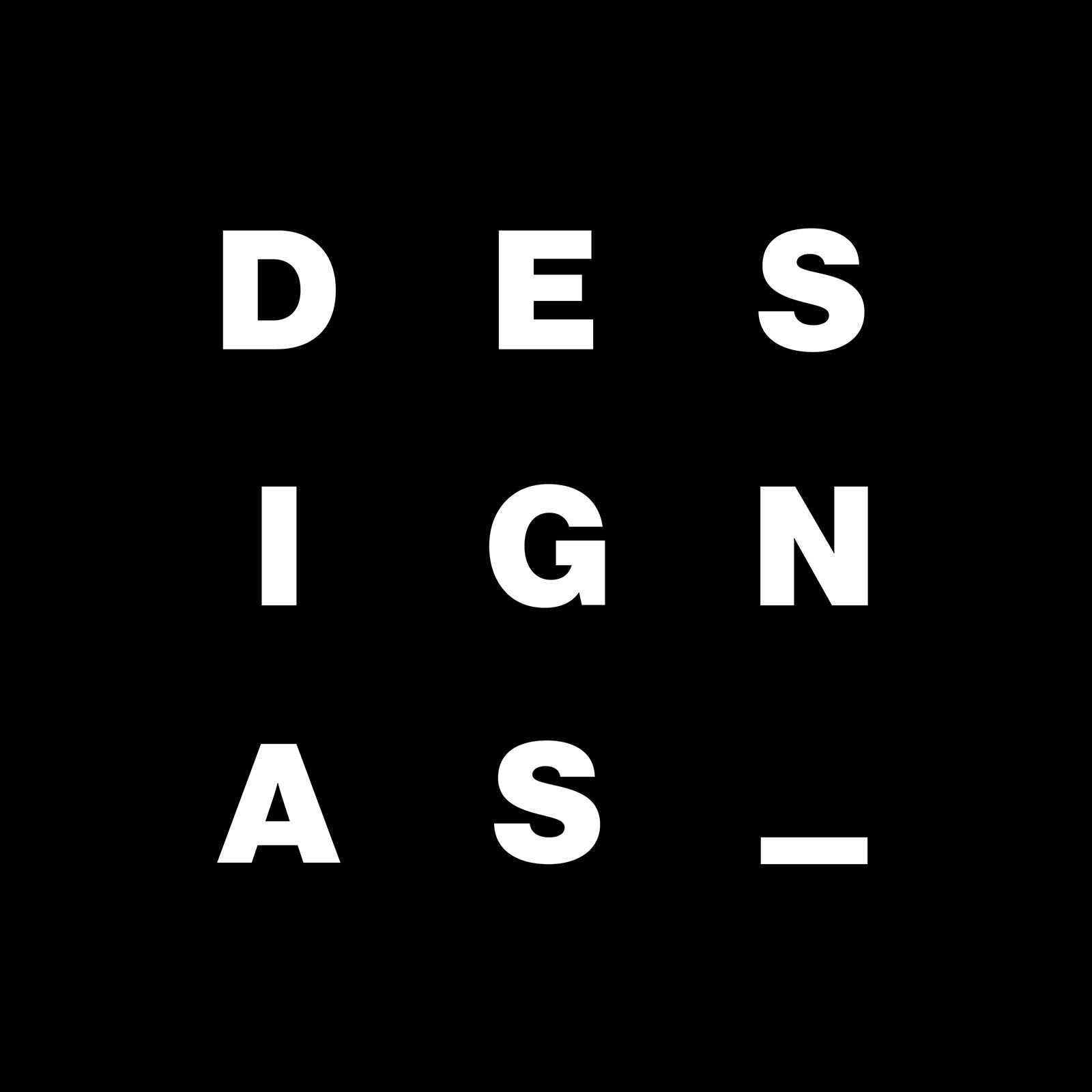
December 6, 2010
Little Boxes

Orange AMAC Plastic Boxes, Container Store.
These are definitely objects.
When I was young, I and every girl I knew had these AMAC boxes, graduated in size, rainbow in hue, arranged in a diminishing row on her bureau. My set contained my treasures: an enamel heart from the Met Museum store, a white rounded pebble from the beach, a miniature Hello Kitty notebook and My Melody eraser. Over the years my treasures and my jewelry boxes got fancier, and my boxes disappeared. But when I walked into the Container Store last week and saw them sitting on a shelf, I wanted to buy them all over again. (I was only restrained by the poor selection at the Sixth Avenue store: red, green, clear and dark blue, ready for your holiday treats. Go online for the full spectrum.)
If I were writing a memoir of taste, these might be my Rosebud: cheap ($0.39 to $3.19), brilliant color, crystalline shape. Useful, too. One of the nicest things about them is their story. AMAC is and was an American manufacturer of pillboxes, founded by Gene Hurwitt in 1960. In the mid-1960s, Alan Spigelman (whom I interviewed for my Design Research book) saw them and thought they had a potential audience larger than the pharmaceutical industry–as stash boxes, among other things. Spigelman’s wife Diane worked at the 57th Street D/R store, and suggested he bring the boxes in to show Ben Thompson when he was in town.
Spigelman remembered:
We met and Ben Thompson sat down and looked over these boxes and he only asked a single question. He said, “I see these boxes. They are so perfect. Are the ones I am going to get as perfect as the ones you are showing here?” I said, “They will be even more perfect because I have been handling these.” He ordered 100 of each size, in seven sizes. Then he called up and said, “We never put them on the floor because the employees used their discount and bought all of them.”
They stack very well on top of one another, and if you are reckless enough to have hundreds of boxes at one time you can really build with them. I stacked them like skyscrapers, and different sizes were in different colors so it really looked like a glass city in multicolor. That idea came from Pratt Institute which bought millions of those boxes for the students to make architectural models with. I would go and see what they did, and they were so imaginative I got lots of good ideas from them.
Most of Thompson’s inexpensive products came from markets abroad. Here was something homegrown and industrial that didn’t clash with the handblown glass. Spigelman went on to more marketing coups including that Map of the World shower curtain seen in so many off-campus apartments.
Today they just happen to be one of MoMA’s Humble Masterpieces, but I didn’t know that then, and it hardly seems to matter now. If you give them as a gift this December, I am pretty sure a child will love them without the design history lesson. I like my stuff with a story, but Hello Kitty abides.

Boxes, Gene Hurwitt (1906-1988), Architecture & Design Collection, MoMA.
Observed
View all
Observed
By Alexandra Lange
Recent Posts
A quieter place: Sound designer Eddie Gandelman on composing a future that allows us to hear ourselves think It’s Not Easy Bein’ Green: ‘Wicked’ spells for struggle and solidarity Making Space: Jon M. Chu on Designing Your Own Path Runway modeler: Airport architect Sameedha Mahajan on sending ever-more people skyward

 Alexandra Lange is an architecture critic and author, and the 2025 Pulitzer Prize winner for Criticism, awarded for her work as a contributing writer for Bloomberg CityLab. She is currently the architecture critic for Curbed and has written extensively for Design Observer, Architect, New York Magazine, and The New York Times. Lange holds a PhD in 20th-century architecture history from New York University. Her writing often explores the intersection of architecture, urban planning, and design, with a focus on how the built environment shapes everyday life. She is also a recipient of the Steven Heller Prize for Cultural Commentary from AIGA, an honor she shares with Design Observer’s Editor-in-Chief,
Alexandra Lange is an architecture critic and author, and the 2025 Pulitzer Prize winner for Criticism, awarded for her work as a contributing writer for Bloomberg CityLab. She is currently the architecture critic for Curbed and has written extensively for Design Observer, Architect, New York Magazine, and The New York Times. Lange holds a PhD in 20th-century architecture history from New York University. Her writing often explores the intersection of architecture, urban planning, and design, with a focus on how the built environment shapes everyday life. She is also a recipient of the Steven Heller Prize for Cultural Commentary from AIGA, an honor she shares with Design Observer’s Editor-in-Chief, 


